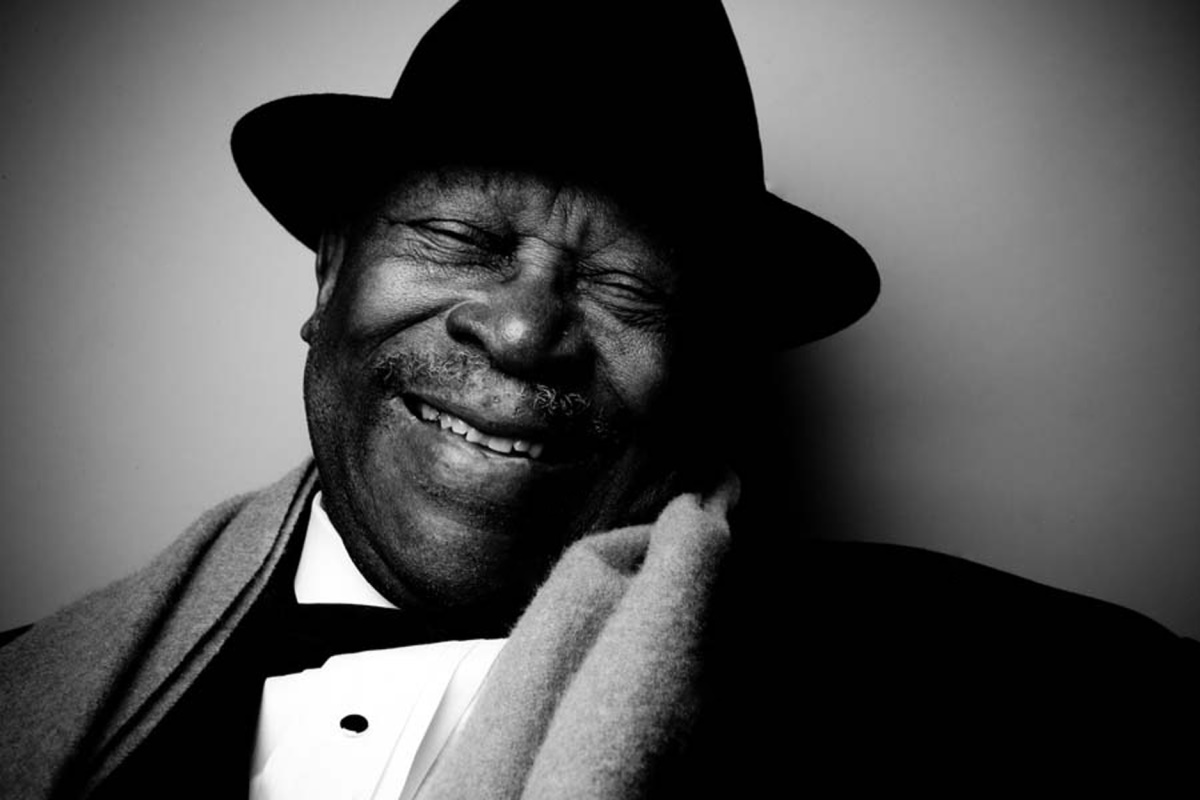
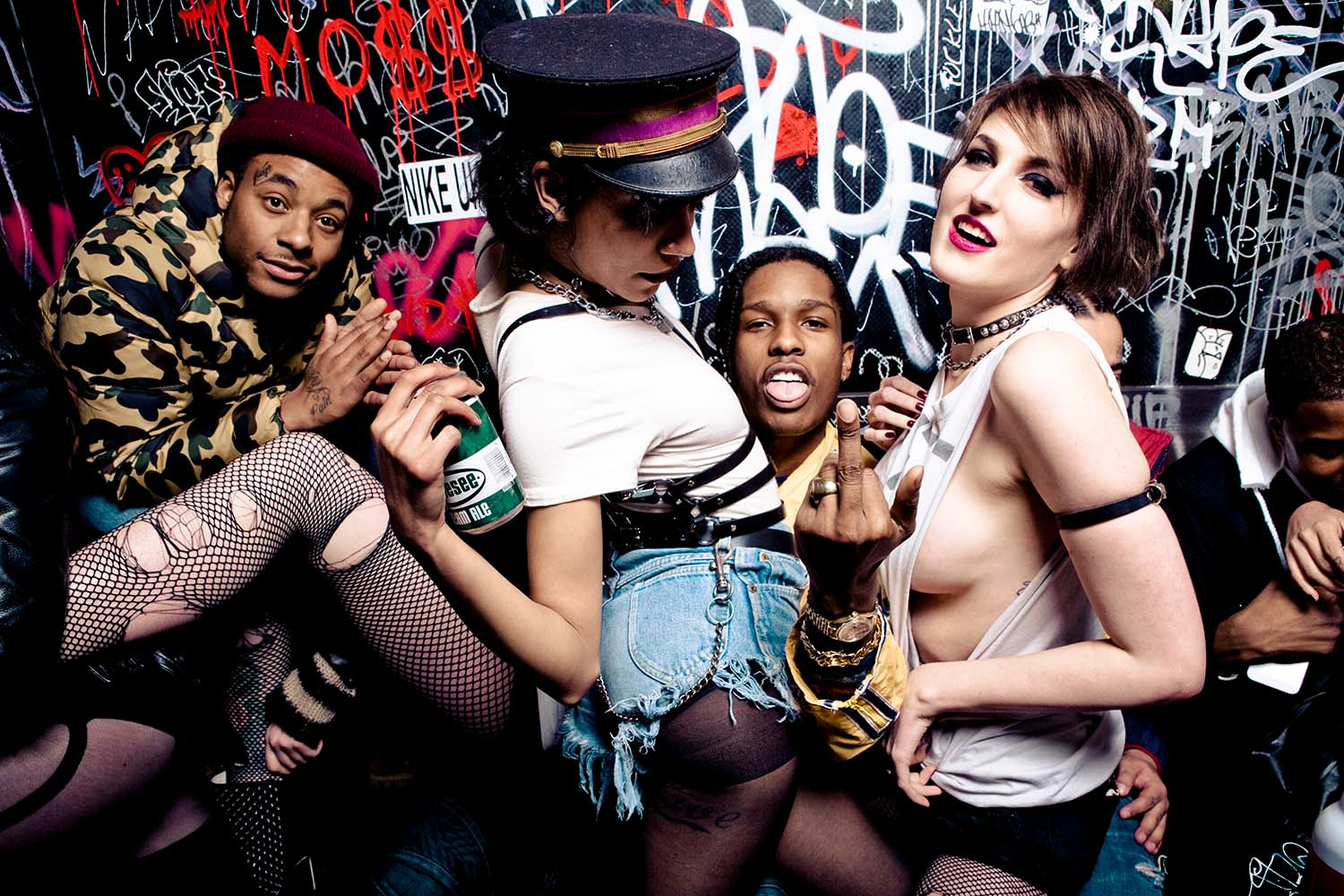

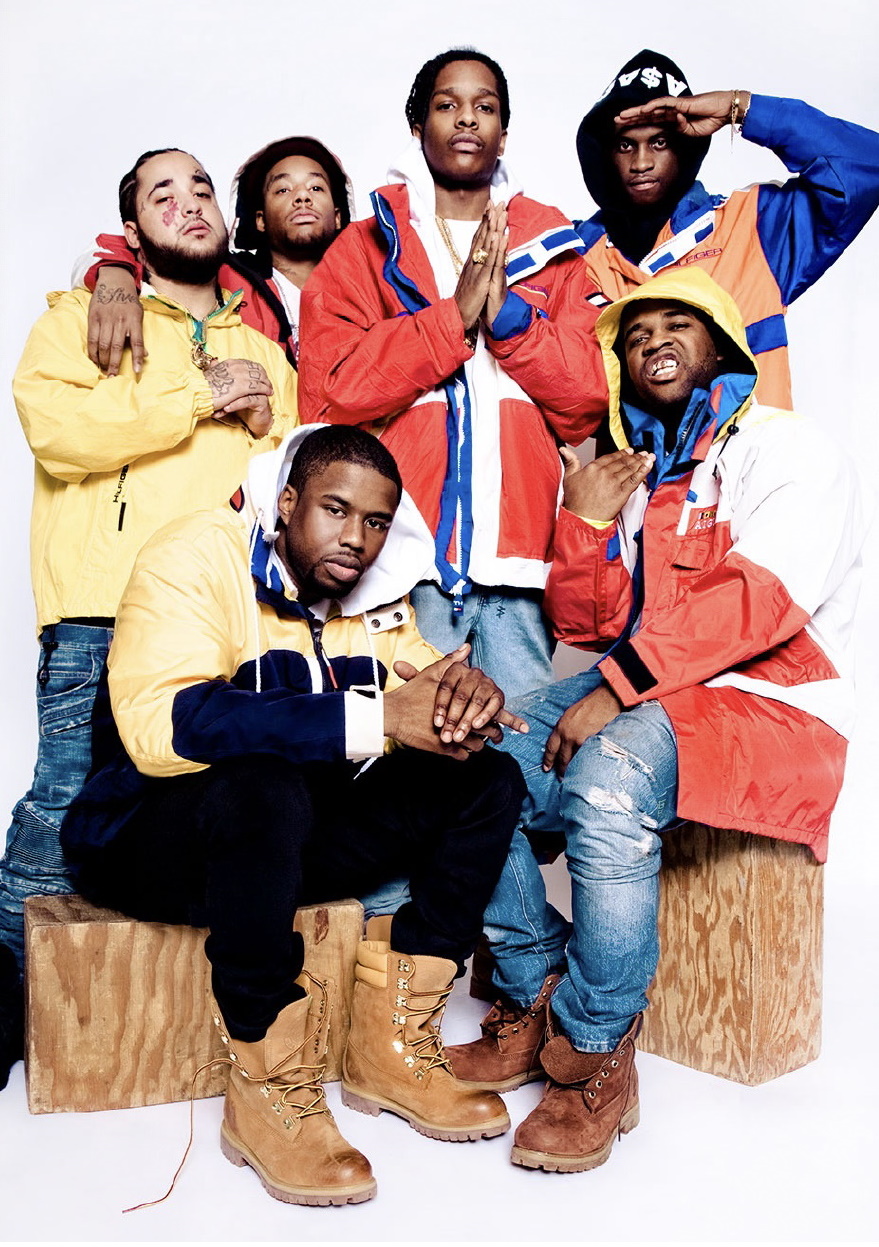
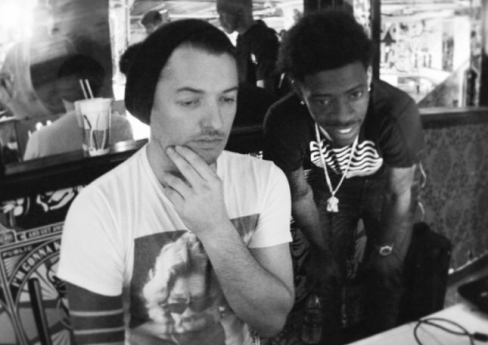
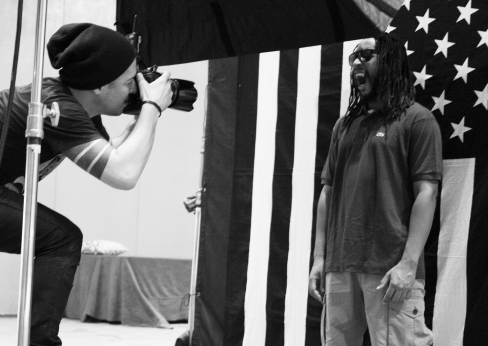
Sam Norval has worked on many projects that include; movie posters, album covers, magazine covers, advertising campaigns, billboards, and editorials. Over the past three decades, he has worked with incredible talent that ranges from legendary musicians, superstar actors, and supermodels to everyday folk.
Some of the more notable people that he has had the privilege of having in front of his lens include Tommy Ramone, Les Paul, Quincey Jones, Smokey Robinson, Flee, Tony Benette, Clint Eastwood, Pitbull, B.B. King, Paul Simon, Grand Master Flash, A$AP Rocky, A$AP Ferg, Norah Jones, Rick Ruban, Harry Belafonte, Tomi Ungerer, Ludacris, Usher, Rick Ross, T.I., Q-Tip, Fetty Wap, Remy Boy, Young Jeezy, Famous Dex, Future, Killer Mike, Lil Jon, Rich Homie Quan, 50 Cent, and Migos to name a few.
With his vision and pursuit of capturing the essence of his subject matter, he passes no judgment with his craft. Instead, he allows their true self to be reflected through the glass of his camera. This provides them with a sense of comfort while shooting with him.
This aspect of his professionalism allowed him to gain the respect and trust of many people he photographed. This is also displayed in his work, which he has spent many years perfecting.
From his humble beginnings to the struggles along the way coupled with the success he has enjoyed, Sam Norval often draws inspiration from one of his favorite quotes and personal heroes, “If you talk to a man in a language he understands, that goes to his head. If you talk to him in his language, that goes to his heart” Nelson Mandela.

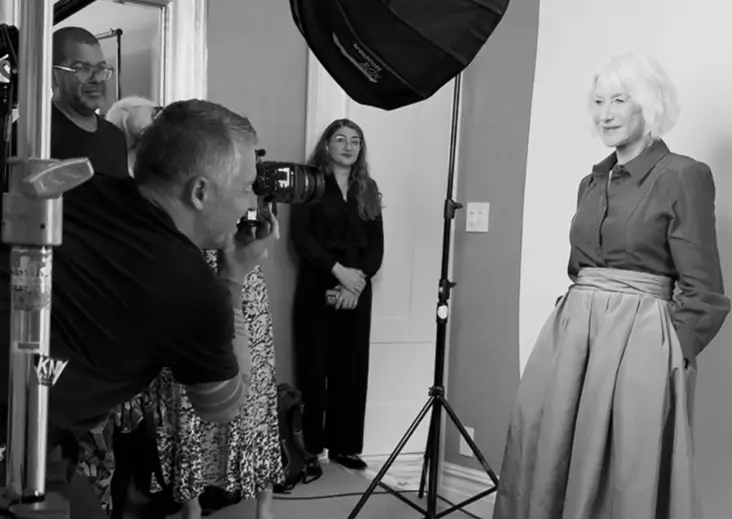
Sam’s EXHIBITIONS.
Sam Norval has shown all over the world which has including showing at the Art Basel (Miami), Hartsfield-Jackson Atlanta International Airport Main Hall (Atlanta), District 13 Art Fair (Paris), Ruler Art Gallery, Soho Arts Club (New York City), Duchamp 100 Year Retrospective (Medellin Colombia).
One of his latest street murals was on the converted wall on Chrystie and Rivington Streets in the Lower East Side of Manhattan. He created a massive multi-layered 3D piece to symbolize the lost votes in elections for a Lyft get-out-the-vote campaign.